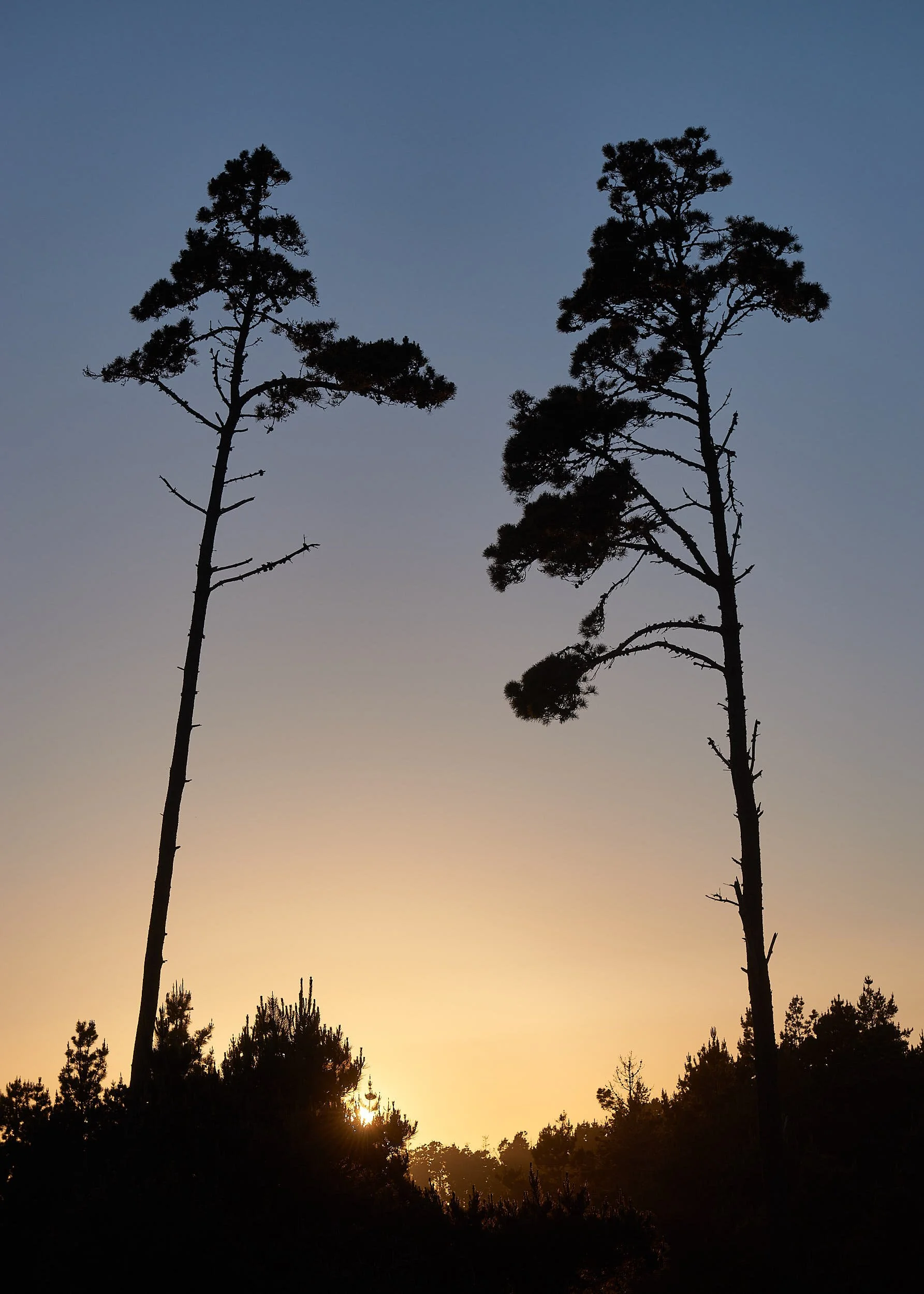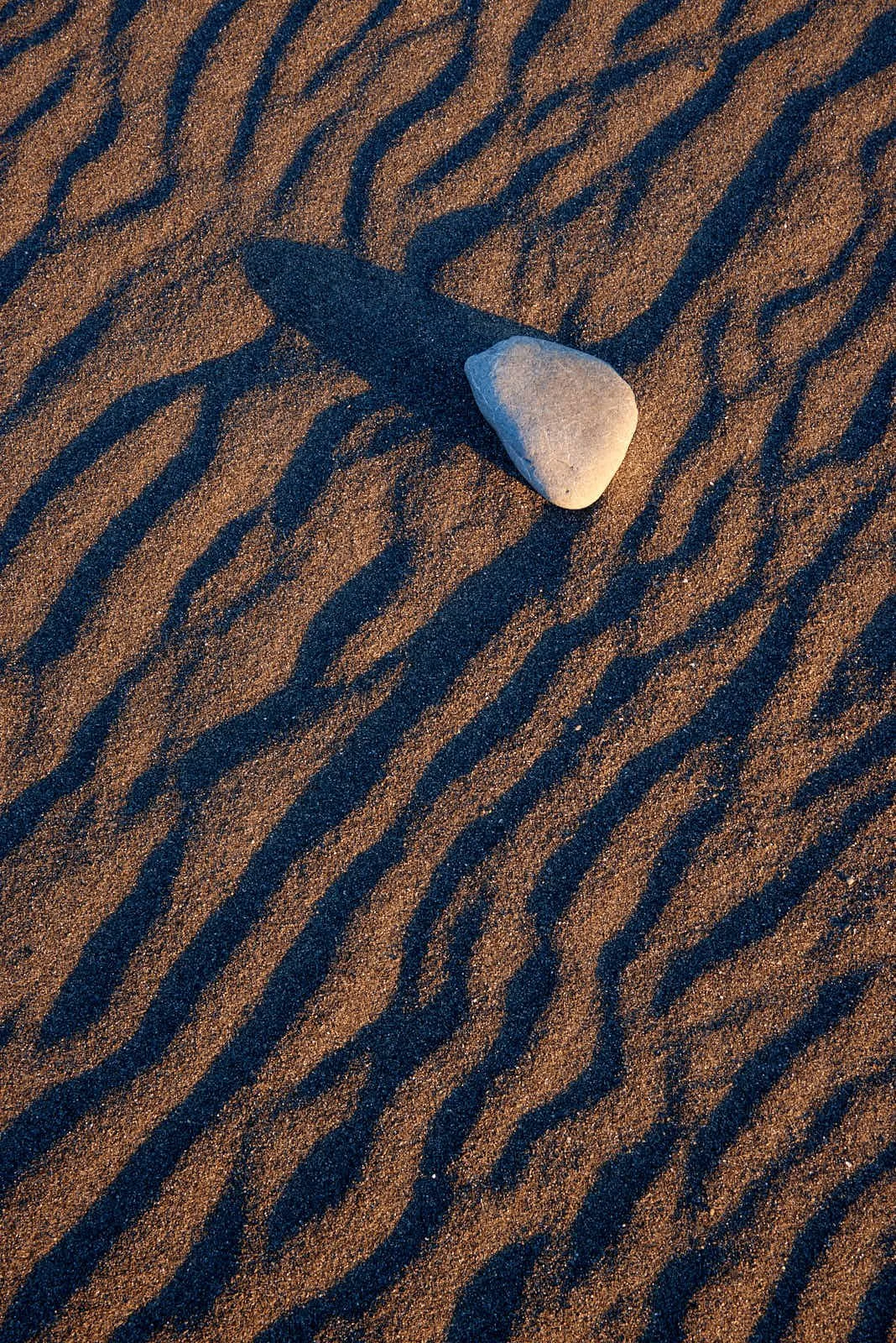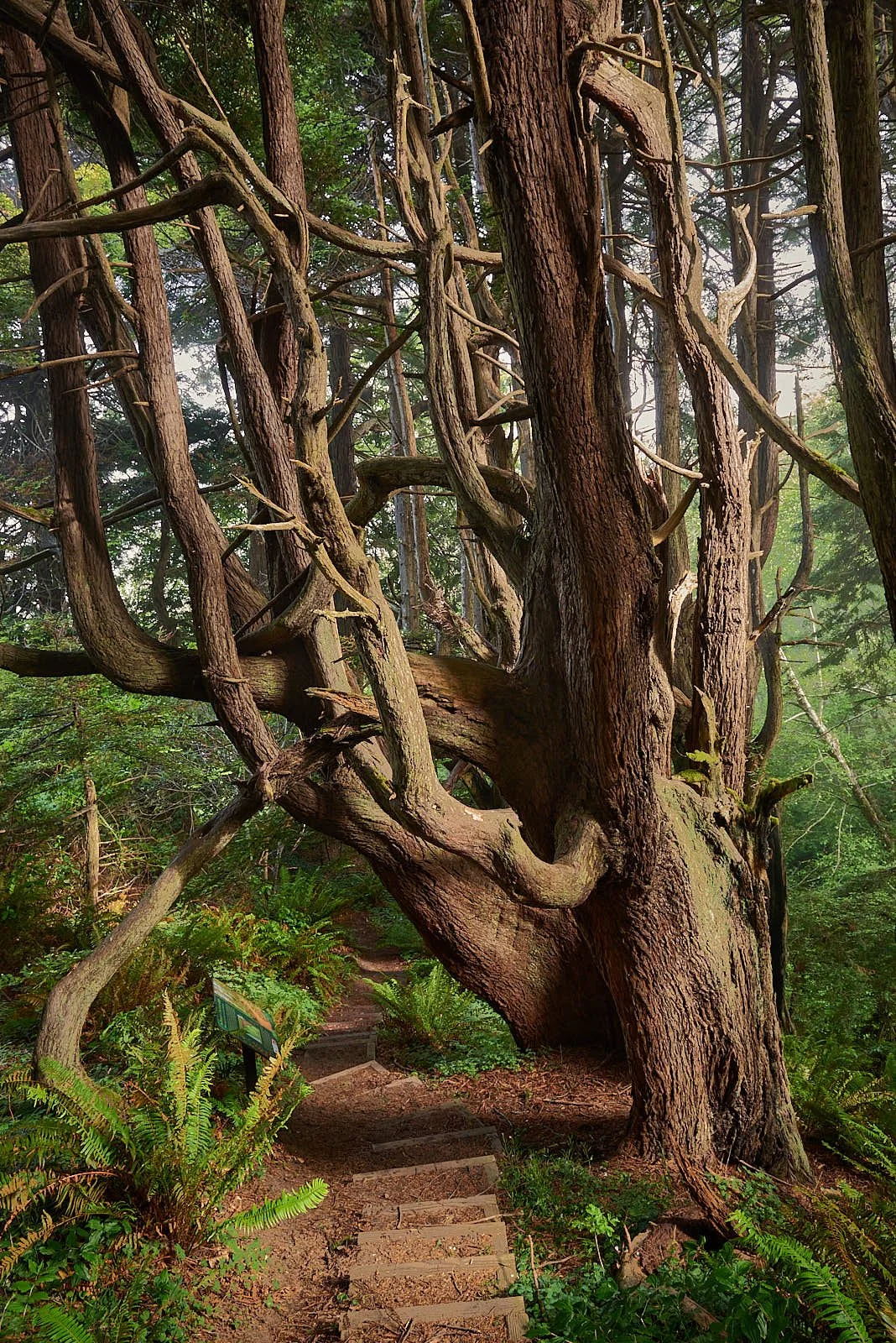The Lost Coast: May 2021
The very words “Lost Coast” have an irresistible allure. Spring offers good potential for seaside flowers so a coastal route was planned.
Salt Point State Park
About 90 miles north of San Francisco, 6,000-acre Salt Point State Park is situated on a jutting promontory. The park provides glorious ocean views, energetic surf and an underwater park. The campsites are spacious and well maintained. More information HERE.
While setting up camp our van pop-top securing mechanism was damaged. That evening, gale-force winds arrived and lasted our entire stay. We arranged repair materials to be shipped from Fresno to Mendocino and, on day 3, secured our roof with straps and moved on to Mendo.
Mendocino
While in Mendocino, we hiked the attractive Fern Canyon trail in Russian Gulch State Park, explored Big River in our inflatable kayak – found several river otters, dined out at Fort Bragg harbor and repaired the van pop-top problem.
Jug Handle State Natural Reserve
Ecological Marine Terraces
Next stop was Jug Handle Reserve. Five elevated marine terraces along Jug Handle Creek form an ecological staircase–ancient wave-cut steps formed by the movement of glaciers, the sea, and plate tectonics. Beginning more than half a million years ago during the Pleistocene Epoch (11,000 –1.1 million years ago) when the glaciers retreated, sea level rose more rapidly than the land. As the pounding waves rose onto the land, they shaped an underwater terrace honed by cobbles rubbing against bedrock. Over time, the North American tectonic plate pushing against the Pacific plate elevated the terrace. When glaciers advanced, the waves slowly receded as the sea level fell, and deposits of gravel and sand were spread across the emerging terrace by the retreating waves. As time passed, more new terraces were created where older ones once existed. Each distinct terrace was uplifted from sea level about 100,000 years before the one below it. The terraces continue their inevitable rise at the rate of an inch per century.
The ecological staircase ends at the climax community, the Pygmy Forest. The only places in the world that Pygmy Forest is found are a few isolated patches in northern California. This rare plant community occurs where sea-cut terraces and their soil surfaces have remained flat during half a million years of geological uplift. The soils here are 1000 times more acidic than soil found in the redwood forest. Heavy winter rains have leached iron and other soil nutrients from the surface of the ground and washed them down to the subsoil. The iron, soluble under acidic conditions, combines with eroding bedrock (subsoil) to form an iron-concreted hardpan eighteen inches beneath one’s feet. Extremely acidic conditions and poor soil fertility, coupled with shallow hardpan formation, contribute to the stunted, sparse growth of the Pygmy Forest. 100 year-old trees only reach the height of a few feet. The ground and trees are covered by many lichen species that help prevent erosion by water.
Lost Coast
Sinkyone Wilderness State Park is part of a wild and beautiful stretch of shoreline known as “The Lost Coast.” This rugged area is one of the few places on California’s long coastline that cannot be reached by a state highway or paved road. Usal Beach Campground is the only drive-in campground and is accessed via a narrow dirt road that is often impassable during the wet season. More information HERE.
Usal Campground
Park beaches are mostly black sand with dark, iron-rich mineral grains that are derived from the local Franciscan bedrock.
Abalone inhabit the rocky intertidal waters and the estuary supports Steelhead, Coho, and Chinook salmon. California brown pelicans, rhinoceros auklets, tufted puffins and osprey can be seen.
The park provides sanctuary for a small herd of Roosevelt elk that have survived the relentless hunting of earlier decades. Two bulls visited the campground.
Candelabra Redwood Forest
In 2001, Save the Redwoods League purchased a privately-owned 957-acre coastal redwood forest and constructed the Peter Douglas trail which winds through a fog-draped forest festooned with ferns, mushrooms, moss and lichens.
A lovely section is called the Enchanted Forest because it contains ancient redwoods that are shaped into grand candelabras by fire, salty air and coastal winds. Instead of growing into massive straight columns, stressors caused these trees to sprout branches which initially droop near the ground and then straighten when conditions improve.
The southern section of the Lost Coast Trail starts at Usal campground. It parallels the coastline for 22 miles, offering sweeping vistas of the Pacific Ocean.
Trip Reflections
An excellent option for a coastal trip. Salt Point is a good overnight stop but reservations are advised because it is popular. Mendocino is a prime holiday destination and finding RV accommodation can be challenging. The ecological staircase hike at Jug handle Park has great interpretive signage and can be thoroughly recommended as a half-day outing.
Usal Beach is a wonderful area. However, it has been badly trashed by the public. Don’t travel there on a weekend or holiday. The road requires cautious driving – lots of narrow blind corners. The Douglas trail is superb and the southern Lost Coast Trail looks a great multi-day hiking option, albeit quite strenuous.

















